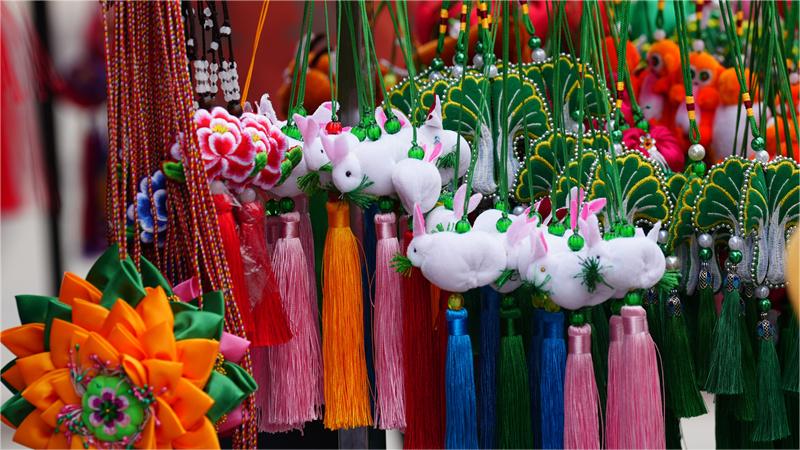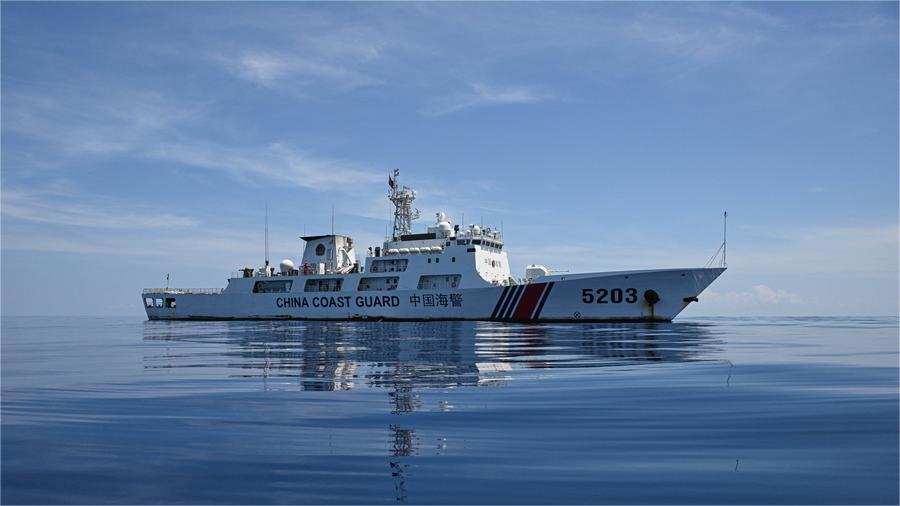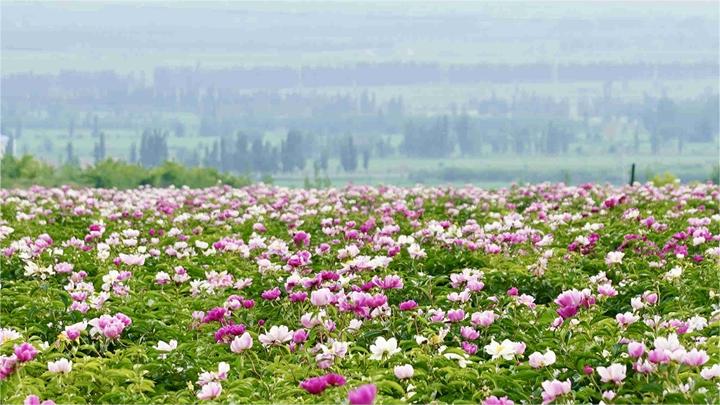Xizang Story: World's highest peak elevates lives at its foot
LHASA, June 11 (Xinhua) -- It was already 10 at night, but Tsering Geden and his wife were still bustling around their restaurant filled with tourists from all over the world. The warm atmosphere inside formed a stark contrast to the chilly air outside at the foot of the world's highest peak -- the 8,848-meter Mount Qomolangma.
As Xizang Autonomous Region in southwest China enters its peak tourism season, the couple's three-story hotel located at a gateway to Mt. Qomolangma in Dingri County is often fully booked.
The mountain deep in the Himalayas is not only a dream destination for climbers and tourists, but also serves as a source of hope of prosperity for locals.
Tsering Geden grew up in Basong Village at the foot of Mt. Qomolangma. When he was young, his family relied mainly on herding to make a living. Tsering Geden and his father also served as guides for climbers to earn extra income.
Tsering Geden recalled that in the past, visitors could only stay in the county seat located more than 100 km away from the base camp, due to a lack of adequate infrastructure closer to Mt. Qomolangma. Back then, travelers would often stop at Tsering Geden's home asking if there was a place to stay over.
To cater to travelers' needs, Tsering Geden's father converted their two-story Tibetan house into the village's first homestay.
"Although there was only a single light bulb for illumination and a stairway with only one person's width leading to the second floor, the homestay was the best in the village for a long time," said Tsering Geden, now 32.
In recent years, Xizang has developed rapidly, and improved infrastructure has brought more tourists to Mt. Qomolangma. As the old homestay could no longer accommodate the growing number of guests, in 2019 Tsering Geden built a new three-story building with 35 guest rooms.
The rooms are equipped with underfloor heating, as well as tap water, bringing an end to the days when only a yak dung stove was available for heating.
"Every time I come to Xizang, there are new changes. The development at the foot of Mt. Qomolangma is rapid," said Mike Thomsen, a tourist from Denmark, who was on his fourth trip to Xizang.
Thomsen, 49, rode a motorcycle there from the regional capital Lhasa along with his pals and checked in at Tsering Geden's hotel.
"It's incredible that in such a remote, high-altitude place, our hotel can provide underfloor heating and laundry services," he said.
In 2023, the hotel earned the family 3 million yuan (about 422,000 U.S. dollars) in revenue.
Figures show that from Jan. 1 to May 20 this year, the Mt. Qomolangma scenic area received more than 136,000 tourists, a 27 percent year-on-year increase.
To protect the ecosystem, the scenic area banned fuel cars in 2018 to reduce emissions, and has been offering electric shuttle bus services for tourists ever since. The fleet has grown from 20 to 84 vehicles and nearby villages have started investing in the shuttle bus business this year as well, with more buses purchased to boost transport options for tourists.
Over the years, Basong Village has transformed into a hot destination with ample tourist accommodation, and almost every household is running homestays or hotels. Tsering Geden's hotel is no longer the best one in the village.
The ambitious Tsering Geden plans to further expand his business this year by building a high-end Tibetan-style hotel with an investment of 9 million yuan. Thanks to support from the government, he will be able to borrow 4 million yuan from a bank.
"With more visitors expected, I am confident in the prospects of my business," he said.
Photos
Related Stories
Copyright © 2024 People's Daily Online. All Rights Reserved.









